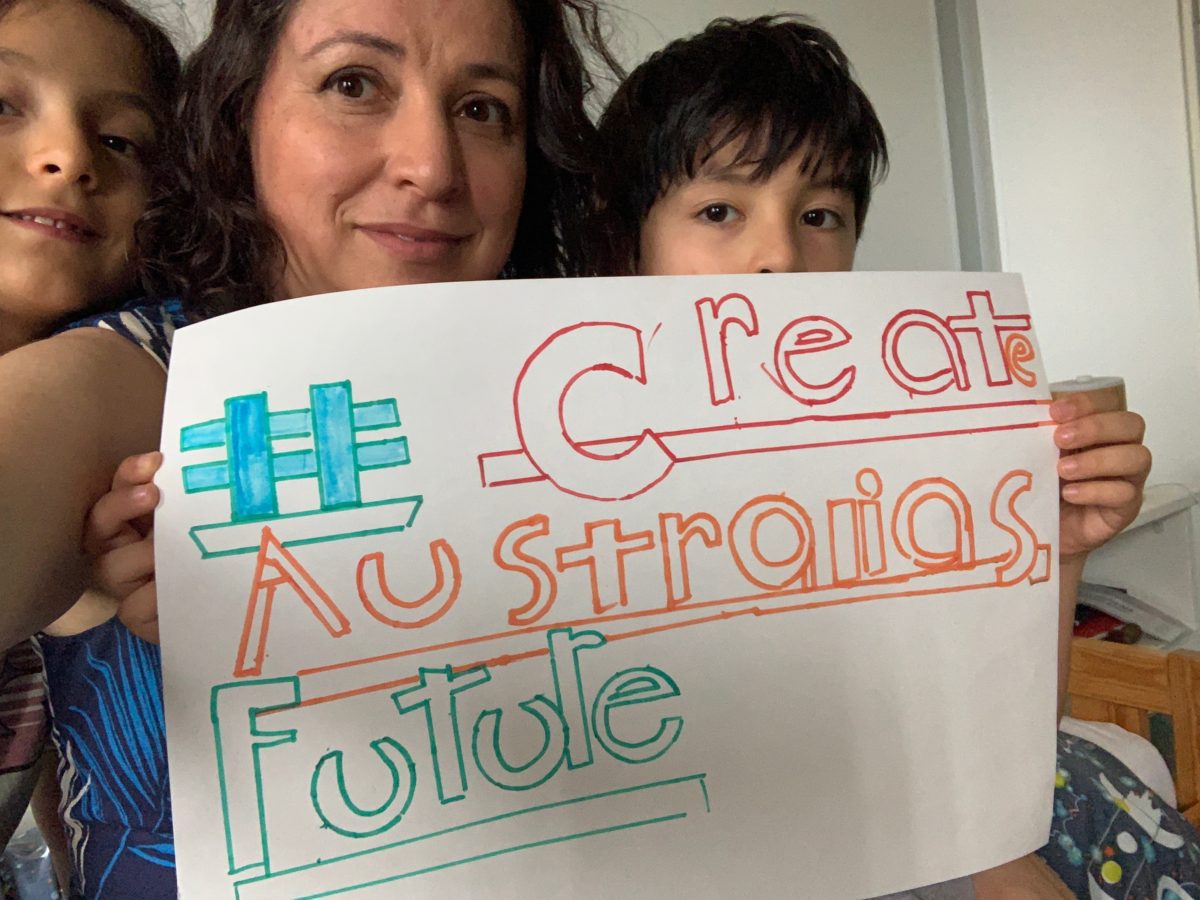
On Friday 4 April, many arts and cultural organisations found out that their applications to the Australia Council’s four-year funding program were not successful. All of these organisations are considered leading agencies and are located in the small to medium arts and creative sector, a sector that is the cornerstone of a vibrant democracy where every person has an opportunity to participate in the cultural life of community.
Diversity Arts Australia (formerly Kultour) experienced this shock in 2016 when we were not successful in securing 4-year funding for the years 2017-2020. We were not successful in our application back then because there were not enough funds to resource more than a handful of organisations in each art form across the nation. The impact of this outcome cannot be understated. As a small peak organisation, finding funds to support a national approach rather than a specific state or territory focus was a challenge near to impossible. But we were able to survive with the support of our focus communities, artists, creative practitioners and cultural advocates, our partners in the small to medium sector, universities, philanthropic agencies, and a lot of grant-writing. During this time we continued to provide services and advocacy, as well as creatively producing content to generate opportunities and change.
Bittersweet News for the Sector
Last Friday, Diversity Arts Australia received the news that our 4-year funding application for 2021-2024 was successful. The news was bittersweet; we also learned that many of our colleagues and friends, peers and partners were not, which was heartbreaking. But there was good news as well. Five First Nations organisations were first-time recipients of 4-year funding. 13 of the successful applicants are First Nations-led. 20% of the 95 successful applicants identify First Nations peoples and communities as their primary demographic. This in itself is an important moment to mark in terms of cultural rights and self-determination.
The application process was arduous and exacting. It is meant to be because public funding must be accountable. Furthermore, the applications were assessed by peers, a process that also enables greater transparency.
But the point to be made here is that the Australia Council is unable to distribute adequate funding because it does not receive the funding needed to support the small to medium sector. This has become even more obvious as the COVID-19 pandemic surges across the world and the impact on the arts and cultural industries has been devastating. Apart from the Australia Council finding approximately $5 million for a Resilience Fund, there is very little in terms of material support to ensure that artists and organisations survive into the future. The Resilience Fund is divided into three streams of Survive, Adapt and Create. This seems uncannily like the mantra and methodology of the past 5 years in the small to medium arts and cultural sectors.
This morning, the federal government announced a $27 million package targeted towards Indigenous visual arts, regional arts and the music industry. We welcome this support, however recognise that it urgently needs to be increased and expanded to other artforms and sectors of the creative industry.
The German government’s aid package of €50 billion is targeted specifically to small businesses and freelancers, and includes those from the cultural, creative, and media sectors. Germany’s culture minister affirmed that “artists are not only indispensable, but also vital, especially now.”
A History of Resilience
Since 2015, most organisations in the small to medium sector, independent sole-trading artists and emerging practitioners have had first-hand experience of the terrain of austerity as a result of the Senate Inquiry into the impact of the 2014 and 2015 Commonwealth budget decisions on the Arts. The inquiry received a staggering 2719 submissions from all sectors of the arts and creative communities, from independents, organisations and community members. Five years later in 2020, we are acutely experiencing the impact of the cutbacks. The fact that we speak in the language of survival says everything about the last five years we’ve experienced, as well as the political reality of arts austerity at the national level.
In terms of the current funding system, no small or medium organisation – no matter how ‘excellent’ their work – is guaranteed funding. And yet, the major performing arts organisations are. This structural inequality needs to be urgently addressed.
We would also like to acknowledge the ‘unfunded excellence’ within our sector and offer support to artists and our partners where we can. We also want to acknowledge the work of the Australia Council, the peers, and those who have been advocating for cultural equity over the past four decades.
Moving Forward
Four-year funding will allow Diversity Arts to realise our vision and purpose of transforming the creative sector to better reflect the social, cultural and linguistic diversity of the nation over the next little while, we cannot do this work alone. We need the creative diversity of small to medium organisations and artforms to create, educate, challenge and transform. We need to value the work of artists and cultural practitioners and support the creative workforce in the same way other workers are treated. We need to change the structural inequities of the funding system so that all people have access to resources and opportunities to create, produce and participate in cultural life.
